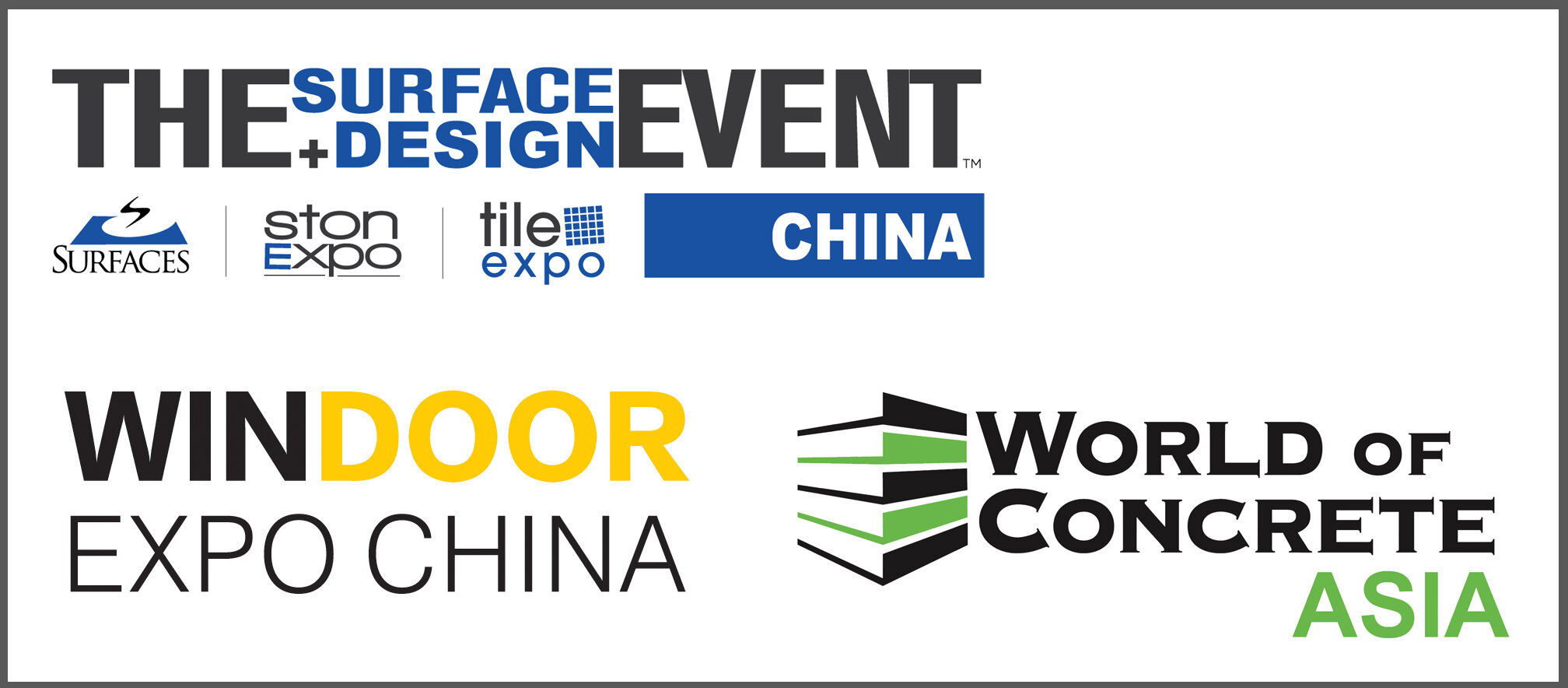Bridging Cultures: Japan’s Architects Explore Qatar’s Architectural Gems - Day 2
On the second day, Ms. Megha, AIA country representative for Qatar, accompanied the group for their final trips. The day included the off-road safari to see Richard Serra’s East-West/West-East artwork situated in the Dukhan desert area of West Qatar.
The group visited the Museum of Islamic Arts, designed by I.M. Pei, who went on a seven months journey researching the Middle Eastern and Islamic architecture before starting the design of the museum, for which he found inspiration in an old mosque inside Egypt's Cairo.
Group Photo inside the Museum of Islamic Arts
Afterward, they had the opportunity to visit one of the exhibition galleries hosting modern art and various international exhibitions, the Riwaq Gallery “hangar”, which has become a well-known display of the best international art in Doha. In the same district, amidst abundant greenery and beautiful scenery, there is another Richard Serra artwork, the 7 sculpture. This piece features seven steel plates leaning on each other, forming a small landmark icon shaped into a star, with its center almost mimicking the architecture of I.M. Pei’s MIA. The perfectly assembled urban plan of Old Doha Port, interconnected with parks and pathways with cycling tracks, allowed the group to visit the Mina District with just a short walk.
Group Image inside the Mina District, Old Doha Port
The second stop, well known from Qatar postcards, was the Pearl. This exclusive yet open residential area features marinas and a carefully sculpted reinterpretation of Andalusian, Moroccan and even Venetian architectural styles, blended with touches of Middle Eastern architecture.
On the way back, the group had a chance to see another masterpiece by Jean Nouvel, the Burj Doha Tower. Some might say it almost identically resembles its counterparts in Barcelona or London, but upon closer look, it's perfectly sculpted for its location. The parametric facade, featuring the local mashrabiya patterns, is designed to provide a balance between shade and light where needed in the interior.
The last stop of the day was Msheireb Downtown, one of the recent urban and architectural additions to Doha’s master plan, led by the Msheireb Properties team. The group observed a stark contrast to The Pearl, where local architecture was interpreted in a contemporary way, both on an urban and architectural scale.
Msheireb Downtown master plan model
Msheireb Downtown represents a new urban center in the old Doha area, designed with a focus on user experience. It’s the first “smart and sustainable” city center newly built anywhere in the world. The area features narrow alleys, a main pedestrian boulevard, integrated tram lines, and a variety of concept shops, restaurants, and snack corners. Although it might appear to be filled with exclusive high-end retail shops, careful management has ensured a mix of different spaces, well integrated with pedestrian areas, small parks, and children’s playgrounds, making it a perfect spot for everyone.
One interesting fact about Msheireb Downtown is its well-managed vehicular circulation. The entire area is connected underground with a network of public and private parking, with dedicated heavy traffic lanes running beneath the city. Msheireb Properties recently won a Guinness World Record for the largest underground car park, with more than 10,000 parking spaces.
Image from the last day of activity, a safari with Qatari (local) drivers to the Richard Serra’s East-West
Written by Amar Hromo, AIA
Contributor to AIA International Communication & PR Committee
Photo credits: JIA, AIA Middle East, Amar Hromo











